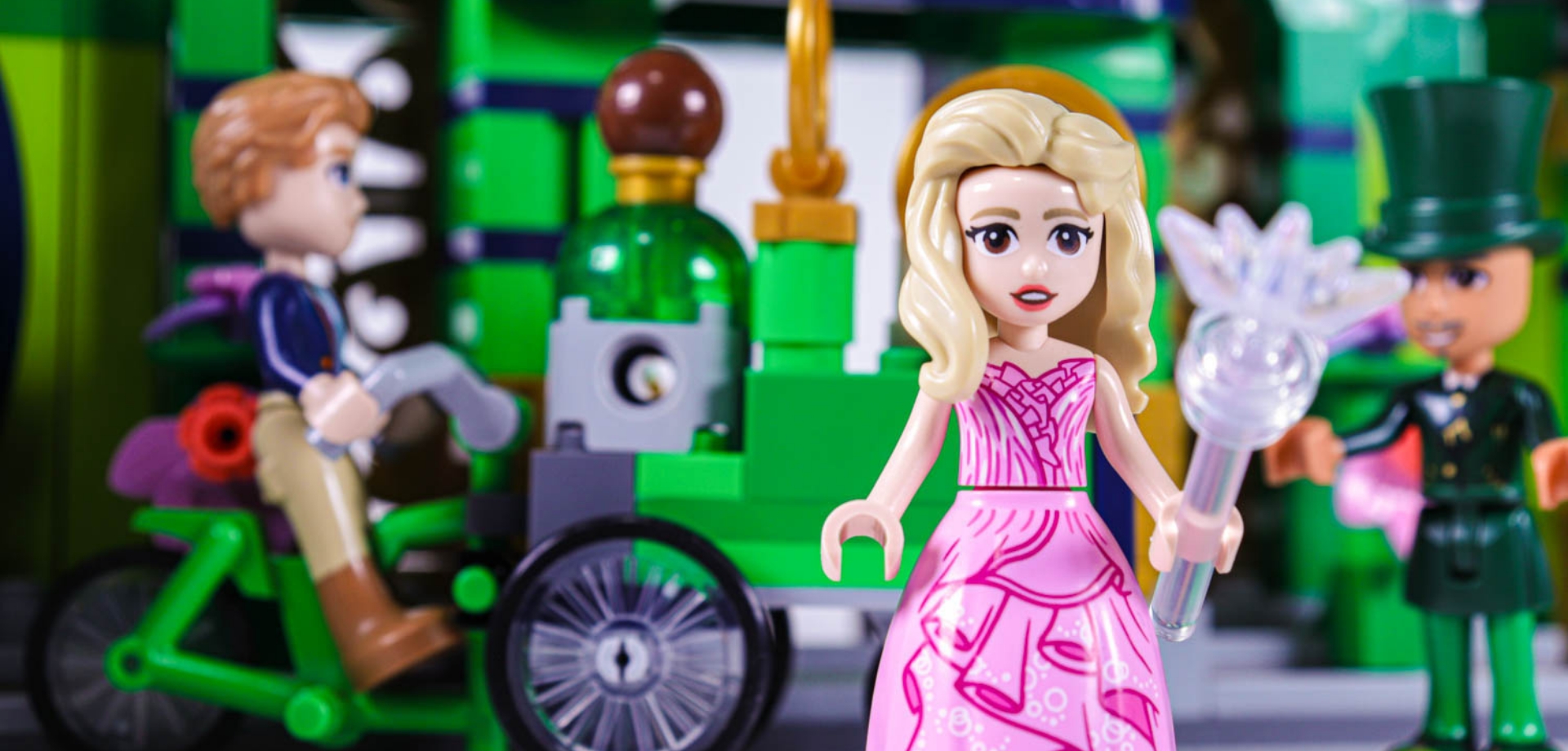
Dice Towers and Game Tiles – What you need to begin Dungeons and Dragons
So, you’re interested in playing a game of Dungeons and Dragons? You have your own supply of LEGO and want to give it a shot? You’ve come to the right place!
As mentioned in our previous post, LEGO is an incredibly versatile medium which can be used in a variety of different ways to enhance your tabletop gameplay.
Fundamentally, at its core, all you need is a Players Handbook, a set of dice, something as your markers for gameplay and a group of like-minded individuals to sit down with for an evening.
This first part of our multi-part series talks about how you can use LEGO for your general set-up, and what I’ve learned from my experience.
The Gameboard
Dungeons and Dragons has combat, whether you want it to or not, someone will make it happen. You can simply use the theatre of the mind, or the more fun option – LEGO!
Starting off, I determined I wanted Dungeons and Dragons’ square base tiles to be a 4×4 square. I’ve seen adaptions of this over on reddit.com/r/legodnd where people use a 2×2 system as well, but we’ll talk about that in a moment.
I use a 4×4 system and grid them out on 16×16 stud baseplates to make a large 4×4 base.



This allows me to easily modify the battle area by laying out one or two of them to set the scale. If these sizes are too big, or don’t fit the mould, you can easily cover up the tiles not in use. I actually have these base tiles in three different set-ups. Light Grey/Dark Grey bases, Light Grey/Olive Green and Green/Olive Green.
But don’t panic about having anything too crazy professional – players will honestly not care so long as you’re trying your hardest. Heck, here are some pictures of some of my very first set-ups; and the baseboard was literally cardboard!


Another benefit of using 4×4 grid squares is to use game tiles like these;

Baseplates
These are my standard unit baseplates. I went through a few designs but ultimately agreed on this format. So I can customise baseplates and distinguish important characters on the board from regular enemies (E.g. the players themselves or potential enemy bosses/healers). Players get gold, and important baddies have a black baseplate with different coloured cheese slopes.
Having a 4×4 sized base also allows the game pieces to sit nicely beside each other with little contact. So that characters with staves of large weapons won’t knock over three other tiles when you move it two squares.
Having a 2×2 space in the middle allows me to also change this up if an enemy needs more than two studs to be locked down.
I can still manage to make a variety of enemies that fit within these confines. Such as Cloakers and Jackals, but some enemies are hard to make to fit in this space, such as Giants or Bears. That’s why I opt to use large base sizes for these larger enemies, such as below.

Continued
Hardcore Dungeons and Dragons players would immediately notice that this does, unfortunately, break the mould for some enemies, like Giants for example. Who would normally take up just one 4×4 square on the board.
My players adapted quite easily, and it honestly didn’t affect gameplay too much. I would tell them if an enemy could only be flanked by one opponent, and that was that. If you have understanding players, they adapt to the system.
I’ve seen some people online use the 2×2 squares as base game tiles for their players. The main reason for this is so they can still put it on the official game boards run by Wizard of the Coast (the people who publish D&D). There is nothing wrong with this system, but it can get a little ‘clammy’ when everyone is close together.
It probably does make it harder with larger brick-built enemies too.
I’ve been doing this for a long time, almost 3 years to be exact. So what if “I don’t have the parts to make base tiles like you do?”
Well, you can use anything you can find! A 4×4 square plate works just as well! Or even the 2×2 plate system I’ve seen popular on Reddit. My advice is to make sure that you can distinguish the tiles from each other, so if you end up with 4 skeletons in a battle, you can label them as “Red Skeleton” and “Blue Skeleton” etc.
Dice Rollers
Look, I’ll be honest, as a player, Dice Rollers are your hands. But as a DM/GM, you’ll find that no matter what you try. You’ll never have enough table space squeezing behind the Game Screen with a laptop, paper, figs and dice. That’s why I built a Dice Roller.
I can assure you, there are thousands of ways you can make a Dice Roller out of LEGO, as a LEGO DM/GM, you should. Google it. They are very customisable and a lot of fun to try and make your own. There isn’t much to say about the build of them per se, but here’s at least an example of the one I made and use;


I hope this has given some insight into how we play our games, and you’ve enjoyed this light read!
The next article to expect is covering Character Creation, and the best themes and figures to look out for when making adventurers!
Thank you for reading
Support BrickBanter.com by shopping for your LEGO® via the affiliate links below.
It’ll cost you nothing but will mean the world to us. 🫶
🇦🇺 Australia – 🇨🇦 Canada – 🇪🇺 Europe – 🇬🇧 United Kingdom – 🇺🇸 United States – 💛 Everyone else
Explore more articles













